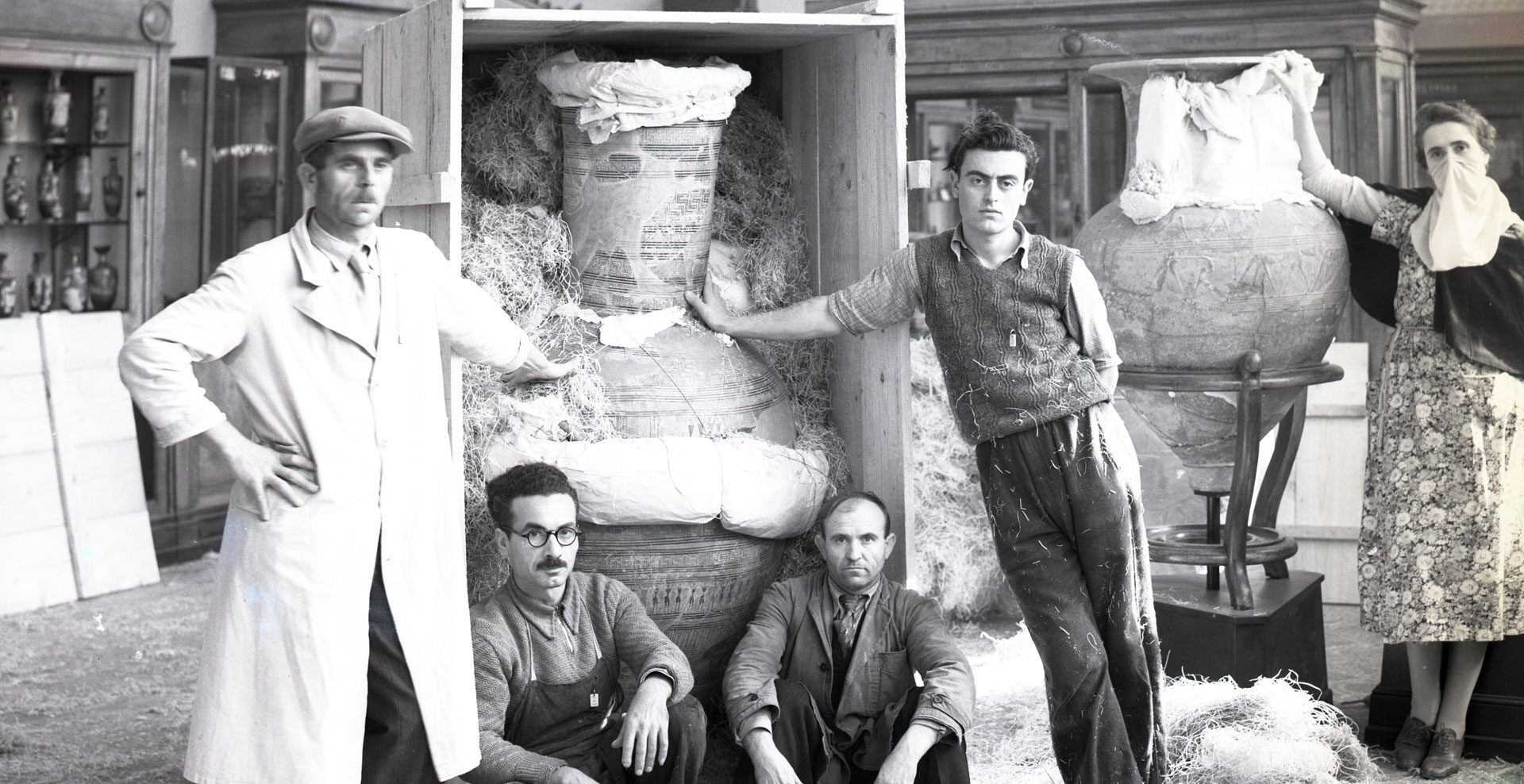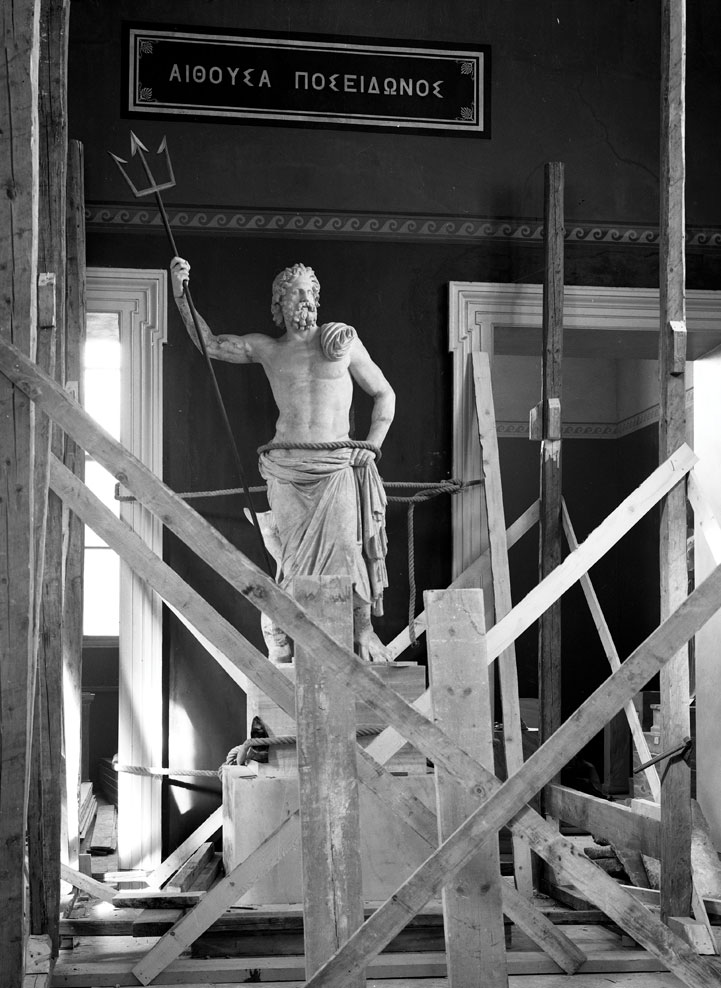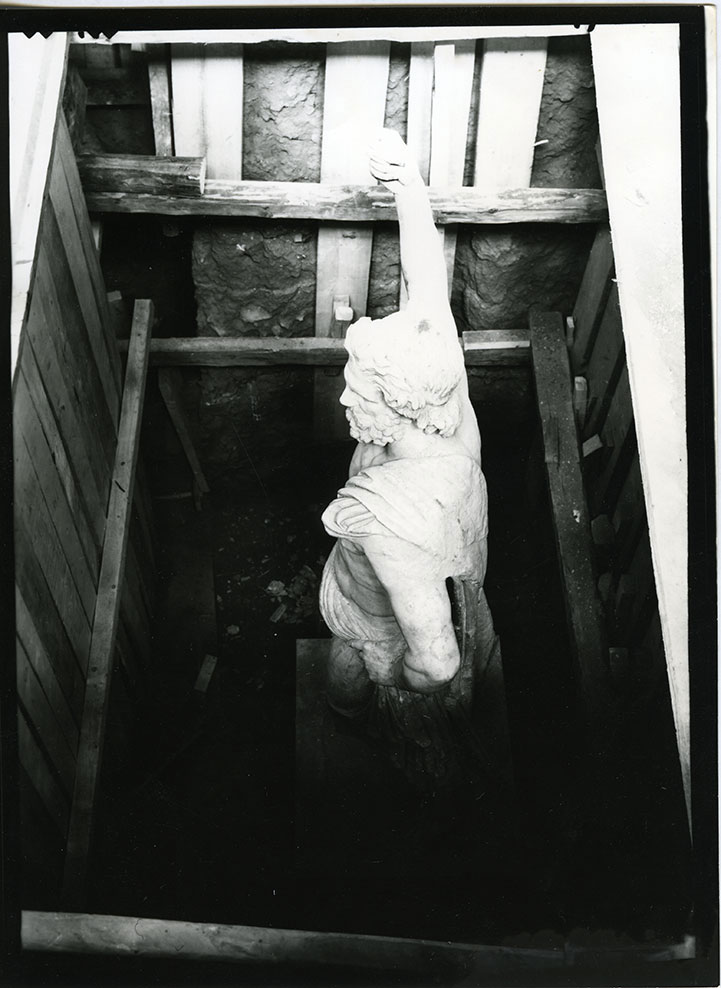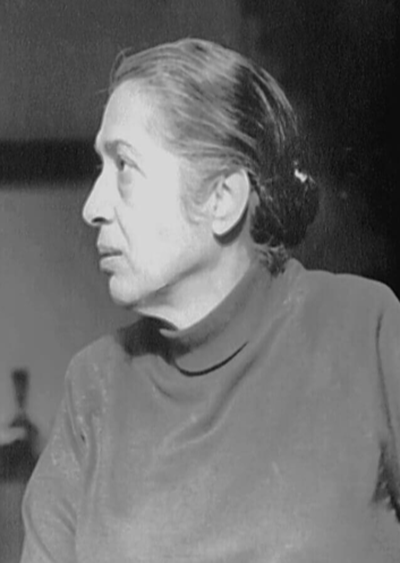
another story was added to the vast history that these masterpieces carry…
After the summer of 1940, it had become clear that sooner or later Greece would be forced to get involved in the war. All preparations had to be completed quickly, efficiently, but also in secret, since it should not be obvious that the country was preparing for war. Among other things, it was deemed necessary to ensure the safekeeping of the antiquities from the Museums of Greece in order to protect them from possible bombing and looting in case of conquest.

Ποσειδώνας / Poseidon
In November 1940, a relevant circular was issued by the Ministry and gave orders and instructions to the Museums for the safekeeping of the antiquities. The treasures of the Museums -according to their size and value- were placed in boxes in the warehouses, buried and covered with sand, while everything that was made of gold was transported to bank vaults. The sculptures of the Acropolis were buried inside the Museum or transferred to the caves of the adjacent hills.
The operation of hiding the antiquities was huge. Museum staff, skilled workers and volunteers worked hard from sunrise to sunset to complete the preparations in time. At the National Archaeological Museum, the largest museum in the country, this effort lasted six months and the building itself was covered with sandbags to protect it from bombs blasts. In fact, as the Greek-Italian war had already broken out, the burden of hiding the antiquities fell on the women of the Archaeological Service as most of the young men were at the front.

Ποσειδώνας / Poseidon
However, their superhuman endeavor was successful. When the Germans occupied Athens in April 1941, they came to discover that the Archaeological Museum was empty. Nothing but empty display cases filled the halls and corridors. The same was true for the rest of the museums of the country, which -thanks to the constant refusal of the employees of the Archaeological Services and Museums-, managed to remain closed throughout the occupation period, despite the occupiers’ insistence on reopening. The Nazis, confident that they would eventually win the war, did not immediately engage in the time-consuming and costly task of searching for and retrieving the artifacts. However, the progress of the war favored the antiquities, as it forced the German authorities to concentrate solely on military operations. Thus, the archeological treasures avoided significant destruction and extensive looting.

Έφηβος των Αντικυθήρων / Antikythera Youth
After the war, the equally difficult task of restoring and re-exhibiting the artifacts began. In several cases, they had to be re-excavated while many were in need of preservation and restoration works, due to the damage they had suffered. These lasted took more than ten years, proving once again how difficult it was to hide them in just six months.
Nevertheless, the occupiers still managed to get hold of a number of artifacts. In 1948, archaeologist Spyridon Marinatos traveled to Germany, Austria and Italy on a mission to locate stolen antiquities. In fact, he was granted a military rank; he was appointed major so that he could travel with fewer restrictions. Marinatos, despite the obstacles he encountered, succeeded in repatriating many of the stolen items, which were returned to the museums from which they had been taken.
Thus, another story was added to the vast history that these masterpieces carry…







Leave A Comment